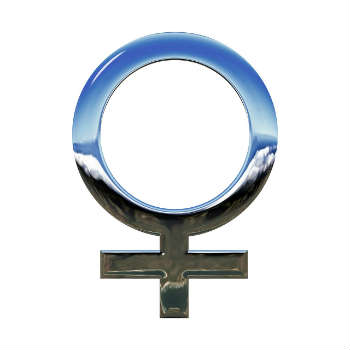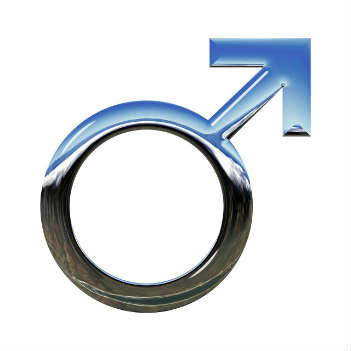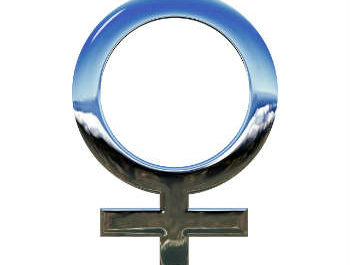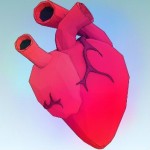Women Experience Heart Disease Differently Than Men
Women And Men Experience Heart Disease Differently
The media normally portrays cardiac arrest as something very obvious, clutching at the chest, breathlessness and more. However, those symptoms are normally portrayed in men. Women’s cardiac arrest symptoms are not quite the same. It turns out a woman’s heart really is different than a man’s. For one thing, according to the New York Times, women are more likely than men to experience a rare, temporary heart failure due to severe emotional distress. Here are some other ways women and men have different heart failure symptoms and impacts.
same. It turns out a woman’s heart really is different than a man’s. For one thing, according to the New York Times, women are more likely than men to experience a rare, temporary heart failure due to severe emotional distress. Here are some other ways women and men have different heart failure symptoms and impacts.
- Women who have chest pains or other heart attack symptoms pass tests for clear coronary arteries more often than
men with the same symptoms. There could be another cause for their symptoms. - Women with blocked arteries are usually older than men with these symptoms and have more intense chest pain. These women have high blood pressure, high cholesterol, and diabetes at higher rates than their male counterparts, and are at a higher risk during surgery.
- Women are more likely to develop heart failure, which is a gradual weakening of the heart muscle that is ultimately fatal.
- Blood tests that detect heart damage in men do not work as well in women.
Cardiac Arrest Symptoms Unique To Women
According to Johns Hopkins research, women sometimes develop subtle symptoms of cardiac arrest that are more difficult to detect. These might be outside the usual symptoms provided by doctors. Some of these less common symptoms are:
- indigestion
- shortness of breath
- back pain with or without chest pain
Determining Heart-Disease Risks Specific To Women
Women and men have many common risk factors, but women also have unique risk factors. Risks shared by men and women include:
- Family history of heart disease
- Obesity
- Diabetes and high blood pressure
- Smoking
- Metabolic syndrome, which is a combination of high blood pressure, obesity, and high glucose
Risk factors specific to women:
Some conditions such as depression and menopausal triggers are specific or more prevalent in women than men.
- Higher testosterone levels prior to menopause
- Higher hypertension during menopause
- Less aware of risk factors
- Autoimmune diseases, for example, rheumatoid arthritis
- Stress and depression
Taking Charge of Your Health
Lowering cardiovascular risk is best accomplished by first understanding the risk factors. In general, women seem less aware of these symptoms. The next step is to take charge of your health and change daily behaviors that are putting you at risk.
- Smoking. Avoid smoking and second-hand smoke.
- Diet. Stick to healthy foods low in saturated fat and high in fiber. Avoid fatty, processed foods.
- Exercise. Follow a supervised, plan exercise regime that challenges you. Getting physically fit will motivate you to exercise at least three times weekly for about 30 minutes. When you are really feeling healthier and need more of a challenge, change that to 4 to 6 times a week for 45 minutes. You will be healthier and less
 stressed.
stressed.
Get Regular Checkups
Talk to your doctor about screening based on family history and risk factors. Keep track of your cholesterol and find out as much as your can about heart disease risk factors. Know the symptoms that are unique to women so that you will recognize a heart attack should you suffer one in the future.
Women need to be much more aware, especially since they have different symptoms, some of which are caused by conditions unique to women. Safeguarding your health is the best way to stay healthy and live longer, which is an outcome no one would argue with.
It is important to continuously highlight the difference in men and women’s health and how their heart’s function. Doing so will increase further awareness of women’s heart-health issues and more promotion of recognizing heart attack symptoms in both men and women.







